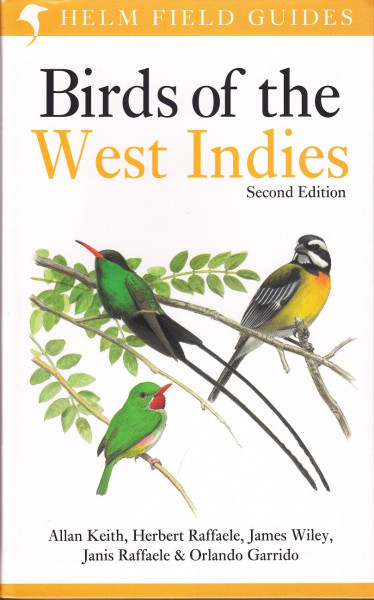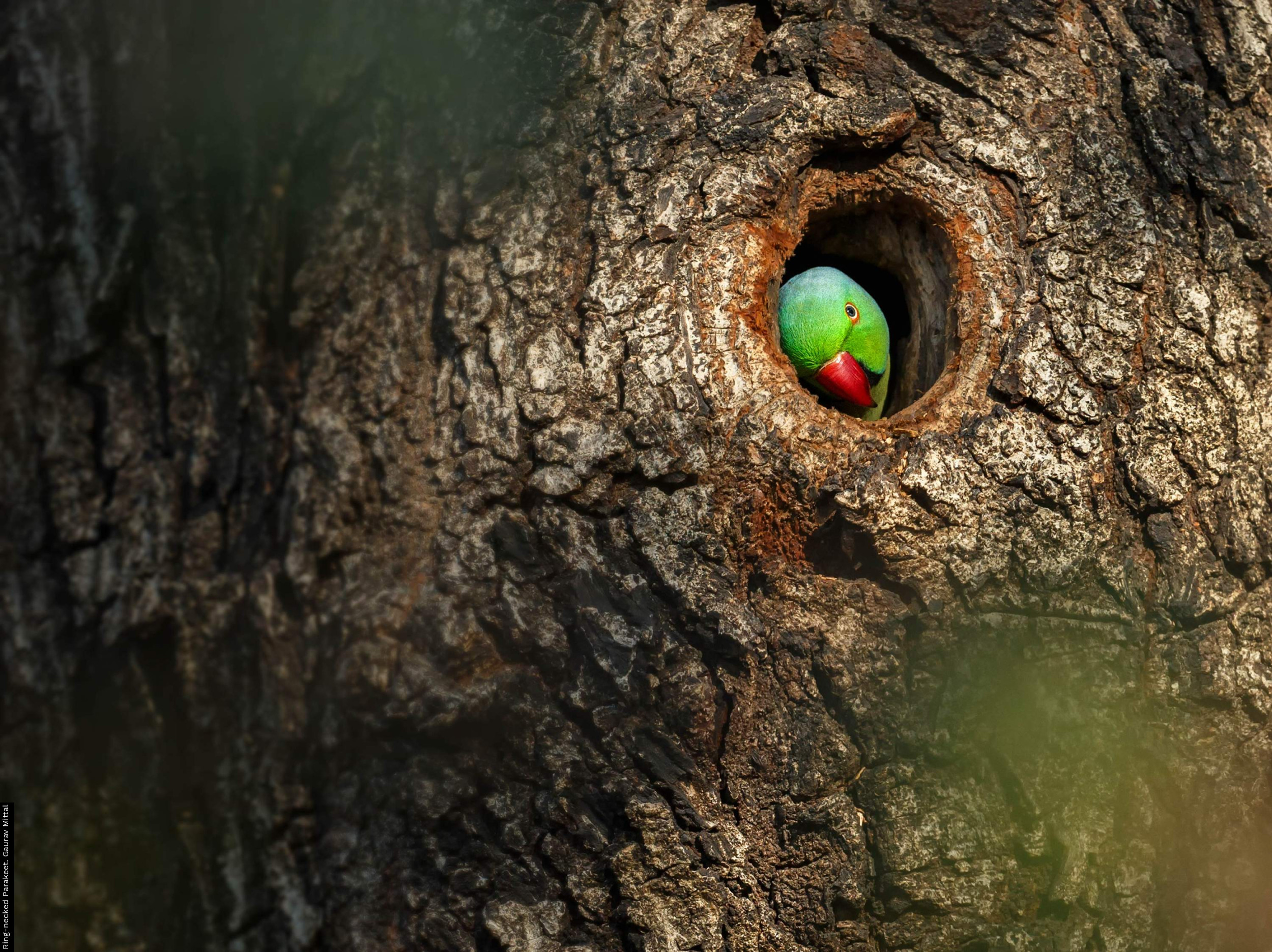
Publisher: Helm, London
Publication Year: 2020
Binding: Softback
Page Count: 272
ISBN Number: 9781472979506
Price: £ 25.00
Birds of the West Indies
Having observed last year when reviewing the excellent new Lynx Edicions Birds of the West Indies following a recent trip to the region, that all the available bird guides at that time appeared to be reprints of older books, it’s good to see one of those books has now been given a much needed update.
For many years, the Helm Birds of the West Indies has been the go-to guide for the region, as a clear, straightforward, no nonsense book. This new slightly enlarged second edition takes the good basics of the prevision edition and improves on it while adding 60 more species (now covering >600 species) and importantly updating the conservation statuses and ranges of the region’s species. As you would expect in a new edition there is new artwork, both for the new species but also replacing much of the more old-fashioned artwork such as all the warbler and some of the flycatcher plates from the first edition with better images. The images are also better spread out with less species per plate on average, making the guide less cluttered and allowing the already well set out written species accounts to be expanded to make them more informative whilst remaining concise. Useful up to date information such as briefly covering the serious effects of the 2017 Hurricane Maria on Dominica’s two endemic parrot species is also included. More generally there have been some improvements in the layout and organisation of the book such as better colour coding of the book’s sections making it easier to navigate.
One thing to note in this new edition is that the book often purposefully breaks taxonomic order to group similar-looking families together for comparisons such as having swallows and martins straight after swifts in an otherwise non-passerine grouping. If the book were entirely full of unfamiliar taxa, this would probably bother me less and it does have some possible advantages in the field, especially for beginners. However, because I am familiar with many of the families (if not the species themselves!) and know roughly where to expect them normally, I find it a bit jarring and would probably prefer something closer to current taxonomic order as used in the first edition. Oddly, I also noticed that wrens randomly appear on the same page as some of the cuckoos, which really doesn’t make sense taxonomically or for comparisons.
In terms of other minor criticises to make, there are still a few more bits of old artwork it would have been nice to update and it would also be helpful to illustrate some more of the distinct island subspecies. Although hardly unusual in a modern bird guide, it might have been good for encouraging local birding interest, to include some well recognised local species names in the accounts, such as for the endemic endangered Imperial Parrot/Amazon, which in Dominica is largely referred to by its native name the Sisserou. Also the map of the region covered near the start of the first edition, which I found quite useful to refer to, has unfortunately gone.
However, these minor quibbles aside, this book represents a significant and much needed update on the previous edition and a fine, straightforward, easy to use bird guide in its own right and a strong contribution to furthering ornithology in the region. Although the larger Lynx Edicions guide is arguably a superior bird book in terms of content and has a slightly wider scope, at only around half the price and a significantly smaller, more portable size, the Helm Birds of the West Indies is both a more practical field guide and excellent value for money. Ideally, if you’re unfamiliar with the region’s birds you’d probably want both on a trip, perhaps with the Helm in your day bag and the Lynx back at base, but if space is at a premium, as it usually is when travelling, I can strongly recommend having this excellent guide along on its own on a birding trip to the West Indies.
Book reviewed by Hugh Hanmer
buy this book





Share this page